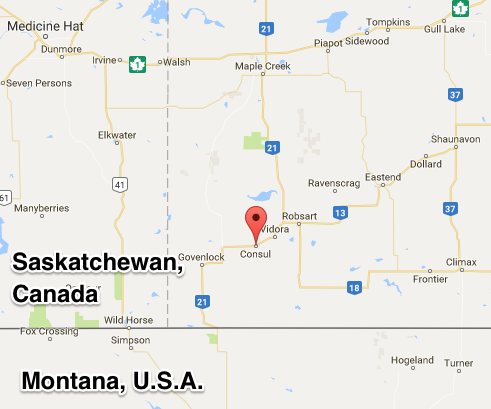“…Sheila Backman: The dam, like we were talking about, was a PFRA make-work project. It gave people jobs in the ’30s.
It was a way to help communities and people.
Blair Backman: I guess the one thing that I would like to add is my cousin worked on the construction of the dam. This was done before I was born, so I didn’t have anything to do with it. This was an older cousin who worked on it and the interesting thing was, from his perspective, was that the job wasn’t to build a dam; it was to keep people busy. When he talked about all the things they did it was always to extract the maximum amount of work out of any job to make it last as long as it could. The best example he gave me of this – they did concrete work to build the structures on the dam so they would have to bring gravel over to where the dams were to mix the cement. They had mechanical implements, and they pushed the dirt up to the top of the gravel pile and then they had men load the gravel truck with a shovel, because men could do that. They couldn’t get rid of the dirt off the top effectively, but they could keep a lot of men busy shoveling gravel into the dump trucks to haul it to the cement plant.
Sheila Backman: And the grader was sitting right there and could have scooped it in?
Blair Backman: The dozer, to push it into the truck, but they didn’t do things that way. Make-work projects and I don’t know if they still have them in this day and age or not, but it was the thought process of that time.
MG: And the dam was built what year?
Blair Backman: 1937 to 1938. The lake was dry in 1937. My cousin talked about working on both dams at the same time. The engineers had a trail that ran down the lake bed between the two dams while they were working.
MG: This cousin, what was his name?
Blair Backman: Lloyd Heglund.”

